Realtor.com: Price premium for new homes sinks to all-time low
The price gap between new and existing homes fell to a record low in the second quarter of 2025 — making newly built properties a more affordable option for many buyers, according to Realtor.com’s quarterly new construction report released Thursday.
The nationwide premium for new homes dropped to 7.8% as builders held prices steady while existing-home prices continued to rise.
The median list price for a new home in Q2 2025 was $450,797, nearly unchanged from a year earlier. Meanwhile, the median price for existing homes increased 2.4% to $418,300.
“In a market still grappling with a shortage of nearly 4 million homes, affordable new construction plays a critical role in restoring balance,” Danielle Hale, chief economist at Realtor.com, said in the report.
“Even with recent slowdowns in starts and permits, builders continue to deliver new homes to the market at a healthy pace. In many areas, these homes are not only available, they also offer better value compared to existing home inventories.
“We’re even seeing new home price declines in some of the most active pandemic-era hot spots, signaling a shift toward greater affordability in markets that were previously out of reach for many.”
On a per-square-foot basis, newly built homes are now more affordable than existing ones, averaging $218.66 compared to $226.56. New homes also tend to be larger.
The report found that the affordability advantage is most pronounced in the South and West regions, where new homes make up a greater portion of listings. In the West — the only region where the price premium for new homes rose year over year — prices for existing homes dropped.
Prices drop in 30 metros
New construction prices declined in 30 of the 100 largest U.S. metros, led by Southern cities where builder activity remains high.
These declines are attributed to a combination of factors: competition from existing homes, elevated mortgage rates, weak buyer confidence and builder efforts to attract price-sensitive buyers.
The South accounted for more than half of all new- and existing-home listings in Q2 2025, despite representing only 39.4% of U.S. households.

It remains the only region where new construction listings outpace existing-home inventory — a result of sustained builder activity.
By contrast, the Northeast remains the most constrained region, with limited inventory in both new and existing homes despite accounting for 17.1% of U.S. households.
In the Midwest and Northeast, new homes are priced more than 50% higher than existing homes, on average, making them largely a premium product in these areas.
Construction pace steady despite concerns
While housing starts and permits have slowed amid concerns about tariffs, construction costs and lower demand, home completions have remained stable.
Since early 2020, new construction listings have increased 37.3%, outpacing the 15.4% growth seen in existing-home listings — most of which occurred in the past quarter.
As existing-home supply has grown, the share of new homes on the market has declined to 16.4% in the second quarter, down from 17.9% one year ago and a peak of 20.2% in the second quarter of 2023, Realtor.com added.
Buyer behavior varies by market
Cross-market demand data from Realtor.com shows differences in buyer interest across regions.
In cities like Los Angeles, New York and Miami, new construction demand is largely driven by out-of-town buyers.
In contrast, in markets such as Tucson, Arizona; Toledo, Ohio; and Bakersfield, California, most new construction interest comes from locals.
In metro areas with robust new construction activity — including Durham, North Carolina; Atlanta; and Salt Lake City — shoppers often search for new homes outside their local markets, suggesting that positive experiences with local supply drive interest elsewhere.
Categories
Recent Posts
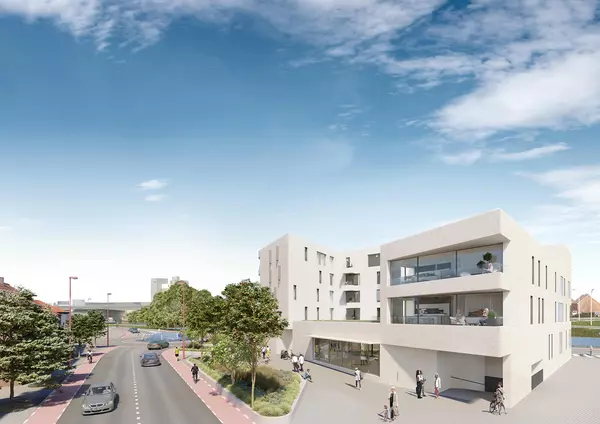
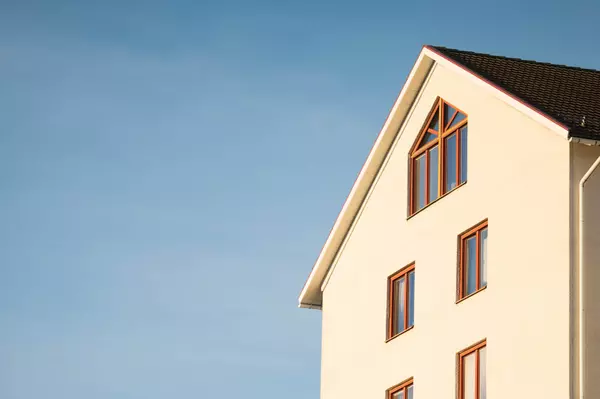

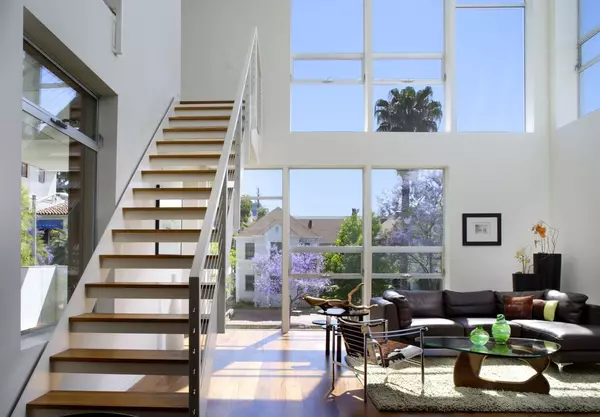
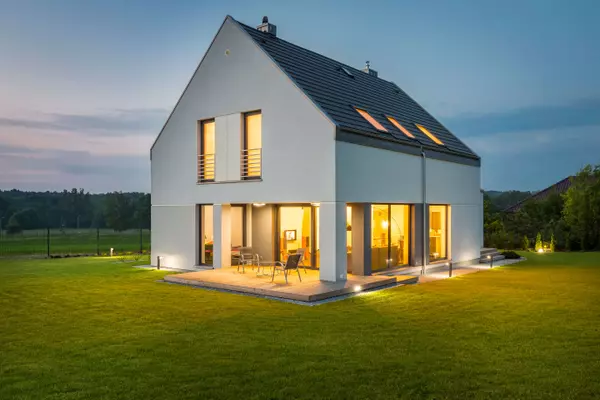
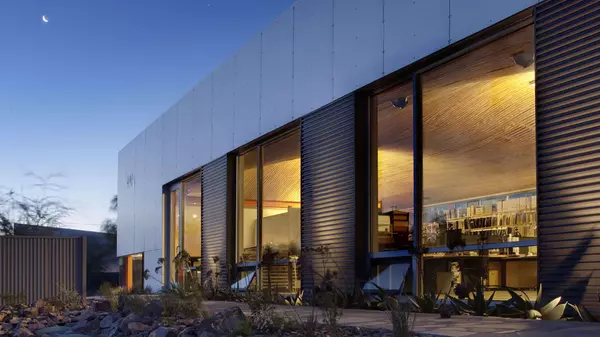


GET MORE INFORMATION

